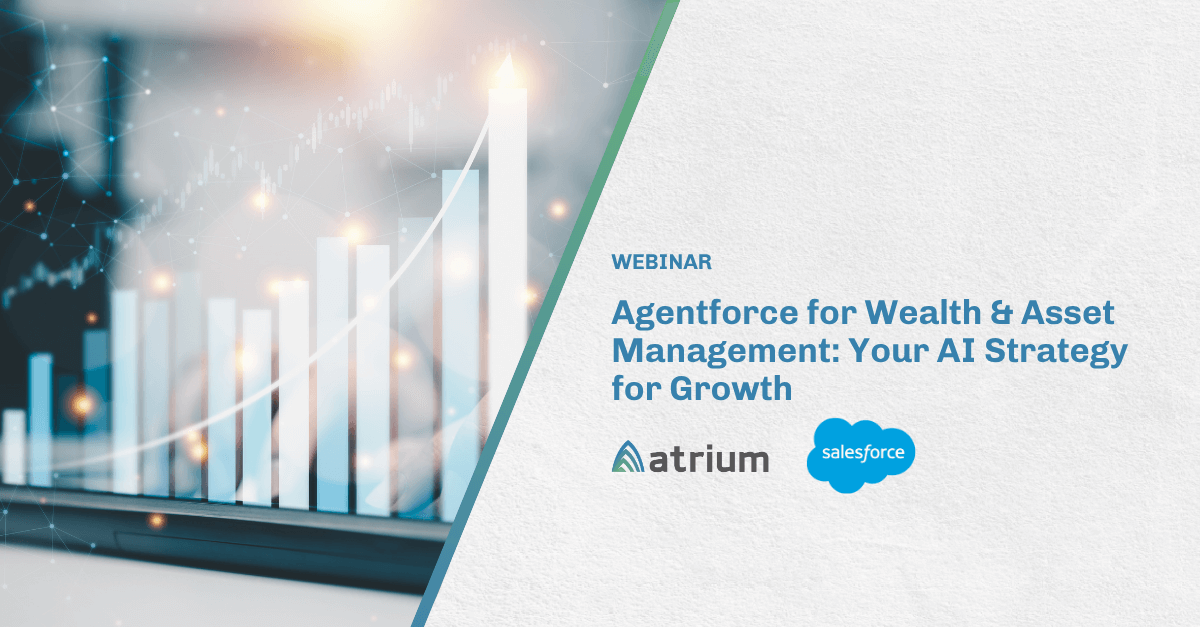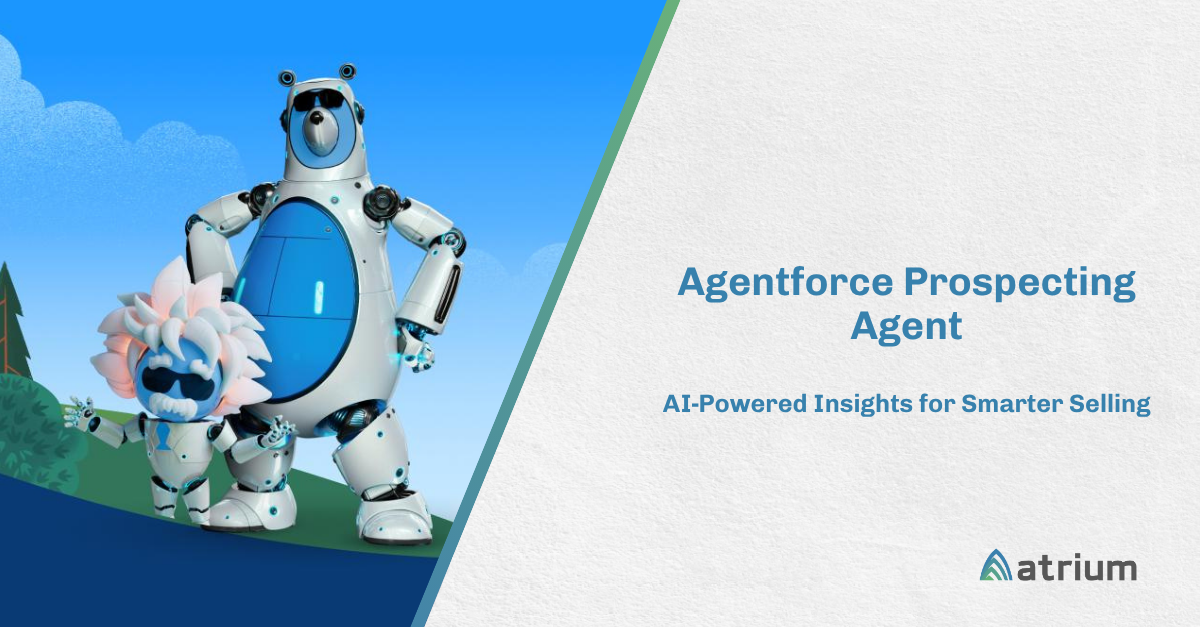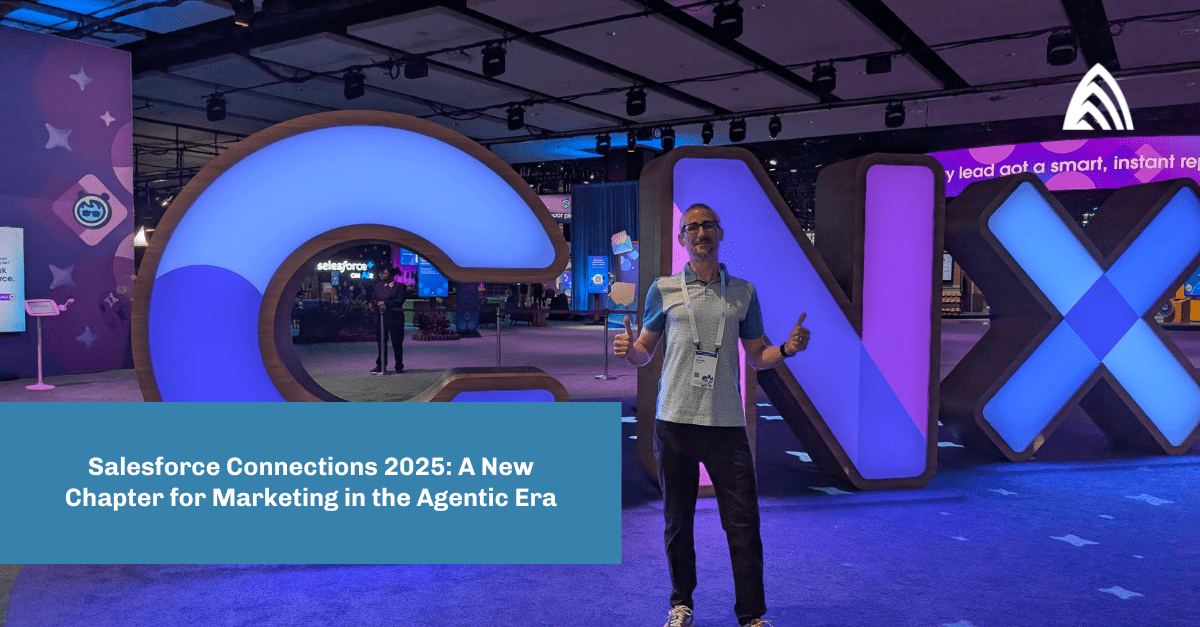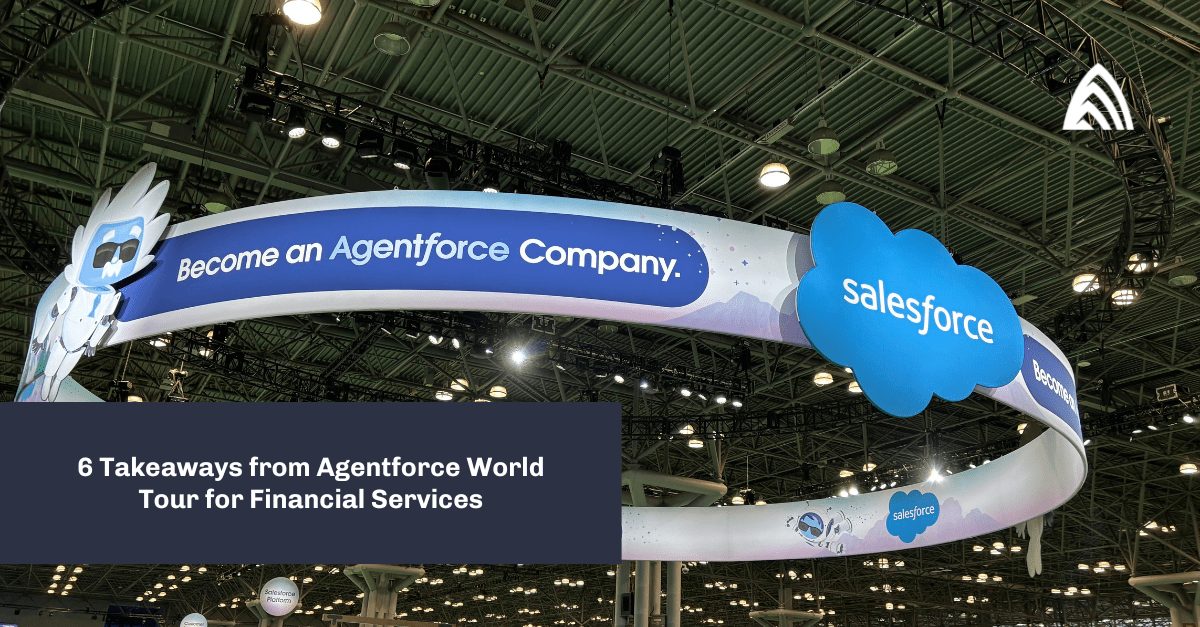While there is certainly some crossover between Development Operations (DevOps) and Machine Learning Operations (MLOps), there are significant differences between the two functions. In this article, we’ll take a look at MLOps vs. DevOps and what you should prepare for when implementing machine learning into your workflows.
There’s a good chance you already know a thing or two about DevOps — or at least have developers on your team. But if not, think of DevOps as the pursuit of faster and more reliable software delivery through open communication, strong practices, careful measurement, and automation.
While DevOps focuses on managing changes in code and configuration, shipping machine learning models requires a more rigorous approach. MLOps takes things a step further by adding the tracking of changes to models and data to the code lifecycle.
Models might go through many different experiments during their construction and parameter tuning, and each of these needs to be tracked, versioned, and cataloged. The data sets that are fed into the models can be part of what defines them, so tracking and versioning changes to data, its schema, and samples are also necessary.
What are Machine Learning Operations (MLOps)?
Imagine MLOps as a pipeline in your organization that can be scaled as needed and provides a collaborative workspace for engineers, data scientists, and IT professionals to use technology that enables the development, deployment, monitoring, and management of machine learning models.
It all starts with data sources coming in, followed by a series of steps to clean, refine, and prepare that data for the analytics and data science teams to consume. The data science team then conducts a series of experiments and iterations to produce one or more models. You might also need some extra code to wrap these models and expose them through APIs or make them available to provide value.
In a nutshell, MLOps is the pursuit of faster and more reliable delivery through this pipeline of data to insight and value. It empowers organizations to scale data science and machine learning practices quickly and efficiently without sacrificing safety or quality.
Breaking down silos is critical to MLOps
While DevOps is concerned with breaking down the silos of development and operations, MLOps builds upon that by encompassing the breakdown of the data engineer/ETL silo, the analytics silo, and the data science silo under its domain.
To prepare ML models for production, data scientists need to collaborate closely with other team members, including data engineers, ML engineers, and software developers. Effective communication and collaboration across these different functions can sometimes be challenging because of the unique responsibilities of each of the MLOps roles.
For example, data scientists are responsible for developing ML models, while ML engineers handle their deployment. Each role and function in the pipeline must work together seamlessly to deploy effective models and manage operations efficiently.
But do we actually need MLOps?
If you really want to incorporate machine learning capabilities into your business, you must treat it like any other key function — with the right processes and team in place to operationalize it. Any organization that has productionized machine learning models to drive immediate and effective action needs MLOps.
Consider this: According to Gartner, only 53% of machine learning models convert from prototype to production. In other words, 47% of machine learning projects fail to go into production.
For the machine learning projects that do move into production, many aren’t set up for long-term success and experience gradual inefficiencies. Take, for example, the implementation of Next Best Actions, which requires a real-time response. If any part of the system becomes unavailable, it can lead to revenue loss or unhappy customers. This breakdown is precisely why you need dedicated staff for the process — you can’t simply set and forget machine learning models.
DevOps delivery capabilities, regardless of their maturity, are unlikely to mesh well with the lifecycle of a machine learning/AI model. The majority of a model’s lifecycle bears little resemblance to the typical lifecycle of enterprise software assets. Data science is experimental by nature, which is fundamentally different from software development.
Testing machine learning models demands rigor and processes that often don’t apply to typical software development. Trying to shoehorn machine learning/AI models into your existing DevOps workflow can be a costly and time-consuming mistake, negatively impacting the business metrics that depend on those models.
Treat your data science program and the models it produces as unique and valuable enterprise assets. Organizations that do this well demonstrate to internal stakeholders the distinctions within the various stages and develop an independent and complete MLOps capability with clear relationships and accountability to existing agile and DevOps capabilities. They also consider the unique security, operational, and governance needs of a machine learning/AI model throughout its lifecycle.
Don’t have a dedicated MLOps team? Atrium can help.
Machine learning projects differ from traditional software projects and require specialized skills and experience. If you need to roll out machine learning capabilities but lack the necessary data expertise in-house, our experts can help.
Atrium’s managed services are designed to tackle these challenges head-on. We offer continuous support and enhancements for your data science and analytics solutions, providing dedicated resources to help you realize the full potential of your AI and machine learning capabilities.
New to machine learning? Download our Machine Learning Operations Starter Guide to learn more.









